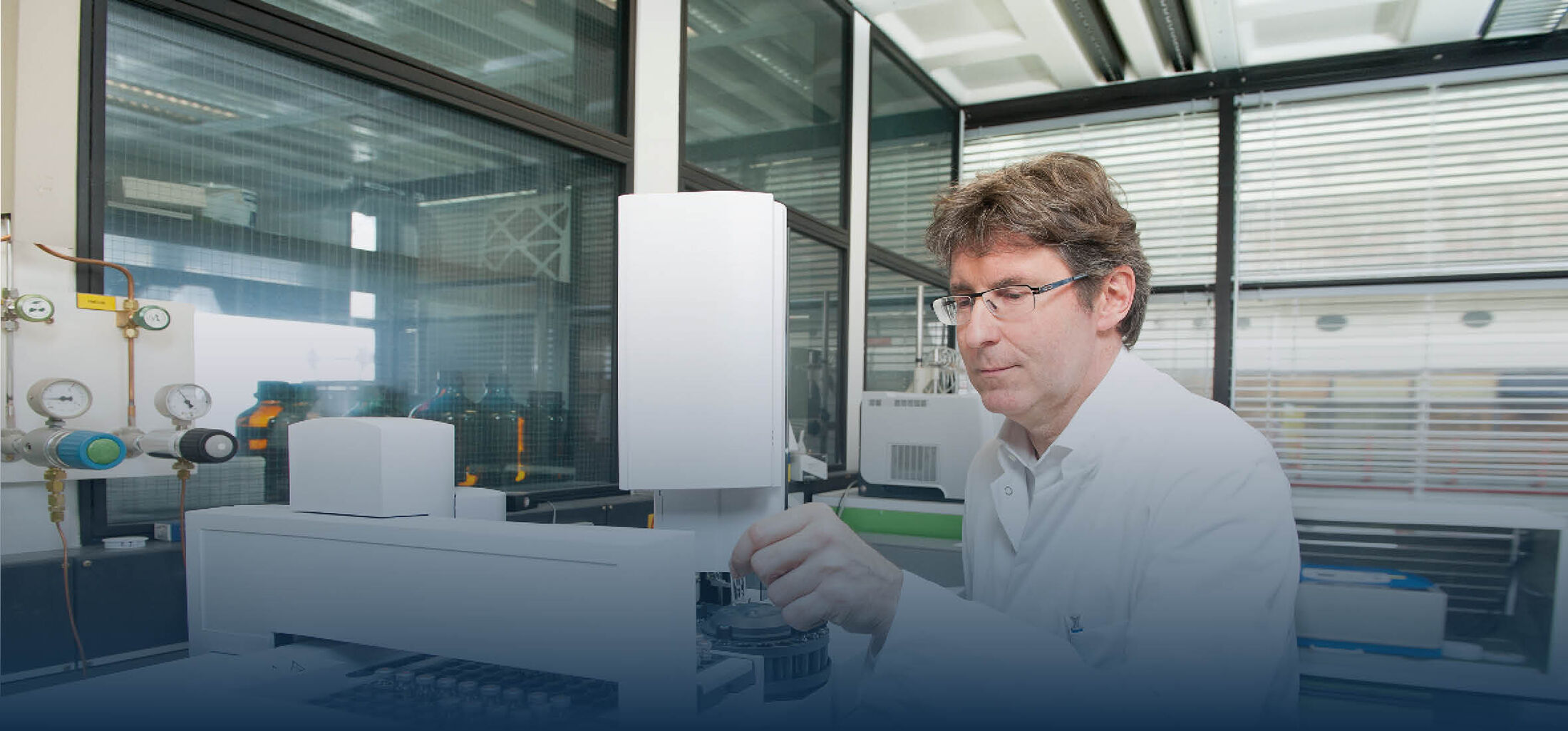Background
For over 15 years the Research Center for Bioelectromagnetic Interaction (femu) has been working on questions about the health effects of non-ionizing electromagnetic fields (EMF). Electromagnetic fields are present in the environment, every day and working life and often subject of controversial discussions. They result from the use of electricity for energy supply and the wireless communication transmission such as radio stations and mobile services. In the immediate vicinity of the transmission systems, depending on the wattage and building technique, electric, magnetic and electromagnetic fields of different strengths occur that become weaker with distance, but are present in almost all living spaces. In the environment and in working life humans are inevitably exposed to technically produced, low and high frequency electrical fields of different types and strengths. In this context, the question of a possible health problem or hazard through electromagnetic fields is raised. At the femu these issues are taken up, evaluated and examined with various approaches.
First, as part of the EMF-Portal, scientific studies are collected and prepared in a uniform structure, so that the results regarding specific frequencies are quickly and easily accessible. The transparent provision of scientific research results as well as supplementary information sets the controversial discussions on possible health impacts on a more objective ground.
Second, the focus of conducted research at the femu is to investigate both on exposure assessment and on the interference of electronic implants, such as pacemakers, cardioverter defibrillators or cochlear implants, by electric, magnetic or electromagnetic fields. To comprehensively investigate these complex and interdisciplinary questions, measurement systems, benchmark tests, studies with human subjects and simulations are used. In addition, the threshold of perception of static electric fields, such as those occurring under high-voltage direct-current transmission lines (HVDC), is investigated in the specially developed perception laboratory.
Thus, femu is pursuing a unique worldwide approach in the area of health effects of electromagnetic fields through research, risk assessment and risk communication. Engineers, biologists and physicians work hand in hand. At the 55th Scientific Annual Meeting of the German Society for Occupational Medicine and Environmental Medicine (DGAUM) in Munich, the femu was awarded the Innovation Award 2015 for the broad research approach.


